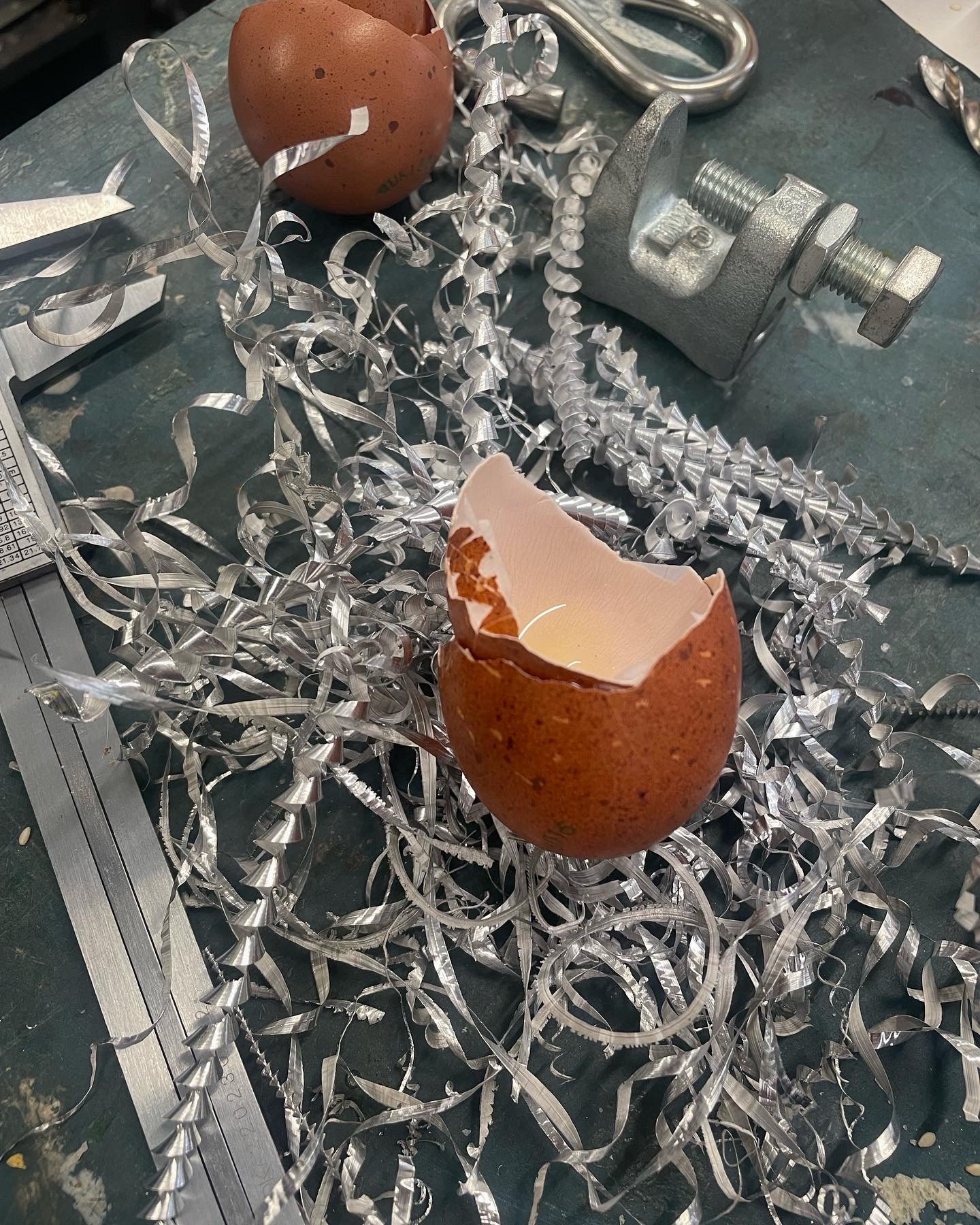Are we making sense?
As designers, architects and strategists we are responsible and well placed to make a positive change by rethinking and reflecting. We’re feeling it in the body so we need to make sense of it in the head. So, in an endlessly changing and imperfect system, how do we do that? This month, in the run up to our fourth birthday, we decided to ask ourselves the question and reflect a little on how we each make sense of what we are doing.
Finn
I still remember the feeling of doing something without consciously thinking. As a child my world was a series of unexplained actions. I remember trying to read a book and getting so frustrated, I scrunched every other chapter up. Doing this made the book fan out and stand up in a circular column which I liked. Turning the words into something I could control, affect and understand. People call it flow, being fully immersed in an activity. It comes very naturally to children but it comes to me now as a coincidence or a set up, prompted by time and repetition. The pressure of making sense came to me when I had to answer this question, ‘can you tell me what you are doing in words?’. Asked this over and over made me think my ability to make sense in words was the primary way to communicate my actions. Words rule, but words have consistently failed me. I have rarely felt satisfied with how they try and describe the material world. But it’s a battle I keep coming back to, and now, instead of intense frustration, I enjoy trying.
As someone who has dyslexia, my tactics have been to look for material explanations which I try to rationalize with words for the sake communication. See it, touch it, make it, then work how to say it. But when you want to have an impact on an industry, you need to plan and contextualize, collaborate, put words first. As a group now working together we try and give a lot of weight to how we work, what we do and how we act as a way of understanding each other. Because we spend so much time together, physically in a spaces which encourage lots of physical actions, it’s very much possible to know each other and even communicate like this. But we are curious about how others fight this battle between what we learn, what we say and what we do, and is making sense the experience of these things lining up?
Freya
It seems that the way we make sense of the world around us - how we decide on importance, morality, or logic - generally forms the foundations of who we are. It says a lot more about us as individuals rather than the actual situation in hand.
Whenever someone designs or makes something, in a way, it’s taking all of those things that seem to make sense to them as an individual, and turning them into something physical. That moment where something switches from the idea of a thing, into something that exists is universally exciting; CAD into furniture, batter into cake, image into print. It doesn’t matter how small the scale, it’s about the conviction of turning something internal into something visible, and what you’re communicating through doing this. There’s immense satisfaction in the ‘hitting the nail on the head’, because it reveals ourselves to those around us, and implicitly asks them to do the same.
Churning more stuff out into a world that’s brimming with conflict and contradictions can cause more harm than good. But when things can seem totally senseless, and common sense is up for debate, it feels like the best that we can do is create in a way that can encourage this communication between one another.
Joe
One of the things I love about us being a small studio is that we can afford to take risks. It is our purpose to challenge ourselves and the people we work with. To understand that business as usual is not good enough is how I am making sense of what we do.
As we approach our fourth loop around the sun as a studio I’m learning that if you want to work in a way that is beneficial to people and the planet then you have to find the confidence and competence to do so immediately. If you want to insist on a closed loop, circular system for an exhibition design then you need to pitch that idea and make it the reason why you were hired. If you want to introduce bioregional design practices into your design approach then you need to go out into the world and learn about your bioregion, find people to collaborate with who have expertise in areas that you do not. Are there materials being created with a local, unwanted or invasive type of weed? Great! Learn about it and start to use it in projects. The right kind of work will find you and you can walk off into the sunset together.
While this realisation might seem obvious I will point the finger at the usual suspects, lack of budget, lack of time, maybe also lack of imagination? Are you going to say no to that large budget project because it doesn’t allow you the time to produce good work that illustrates your design approach? It can be harder than you would care to admit but if you want to sleep easy at night then it is going to require some sacrifice, better get your waders on!



